Johan Verwey
Go-Explore Complex 3D Game Environments for Automated Reachability Testing
Sep 01, 2022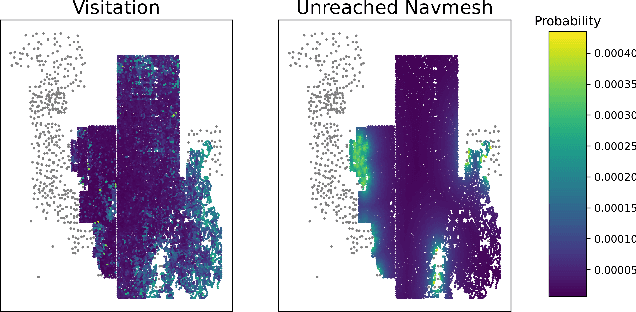
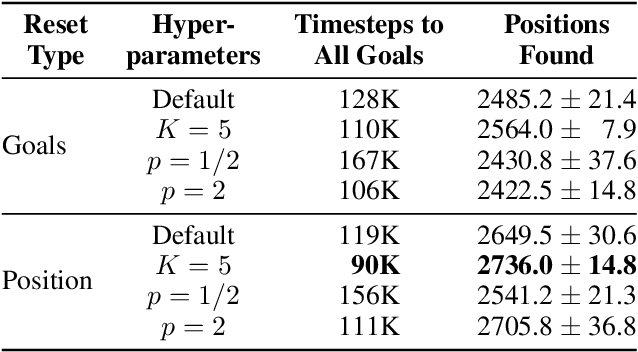
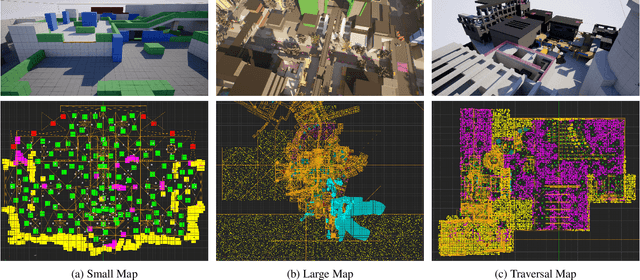
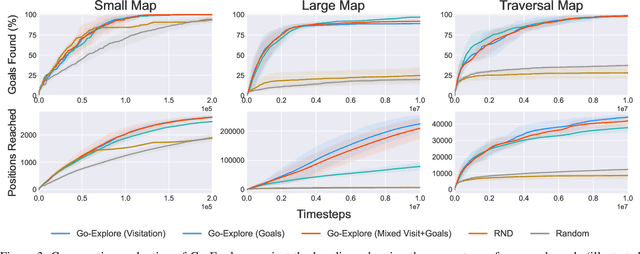
Abstract:Modern AAA video games feature huge game levels and maps which are increasingly hard for level testers to cover exhaustively. As a result, games often ship with catastrophic bugs such as the player falling through the floor or being stuck in walls. We propose an approach specifically targeted at reachability bugs in simulated 3D environments based on the powerful exploration algorithm, Go-Explore, which saves unique checkpoints across the map and then identifies promising ones to explore from. We show that when coupled with simple heuristics derived from the game's navigation mesh, Go-Explore finds challenging bugs and comprehensively explores complex environments without the need for human demonstration or knowledge of the game dynamics. Go-Explore vastly outperforms more complicated baselines including reinforcement learning with intrinsic curiosity in both covering the navigation mesh and number of unique positions across the map discovered. Finally, due to our use of parallel agents, our algorithm can fully cover a vast 1.5km x 1.5km game world within 10 hours on a single machine making it extremely promising for continuous testing suites.
Machine Teaching: A New Paradigm for Building Machine Learning Systems
Aug 11, 2017
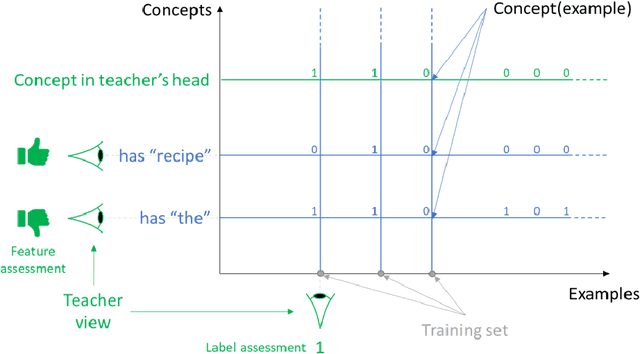

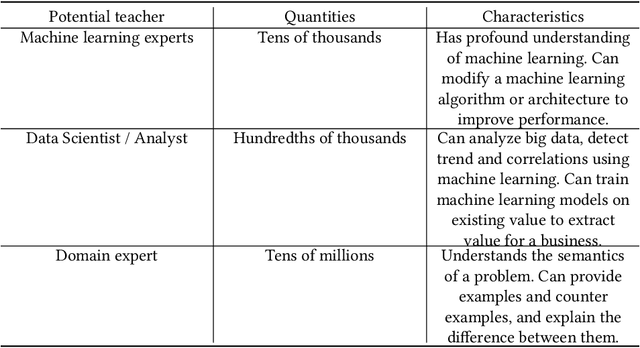
Abstract:The current processes for building machine learning systems require practitioners with deep knowledge of machine learning. This significantly limits the number of machine learning systems that can be created and has led to a mismatch between the demand for machine learning systems and the ability for organizations to build them. We believe that in order to meet this growing demand for machine learning systems we must significantly increase the number of individuals that can teach machines. We postulate that we can achieve this goal by making the process of teaching machines easy, fast and above all, universally accessible. While machine learning focuses on creating new algorithms and improving the accuracy of "learners", the machine teaching discipline focuses on the efficacy of the "teachers". Machine teaching as a discipline is a paradigm shift that follows and extends principles of software engineering and programming languages. We put a strong emphasis on the teacher and the teacher's interaction with data, as well as crucial components such as techniques and design principles of interaction and visualization. In this paper, we present our position regarding the discipline of machine teaching and articulate fundamental machine teaching principles. We also describe how, by decoupling knowledge about machine learning algorithms from the process of teaching, we can accelerate innovation and empower millions of new uses for machine learning models.
ICE: Enabling Non-Experts to Build Models Interactively for Large-Scale Lopsided Problems
Sep 16, 2014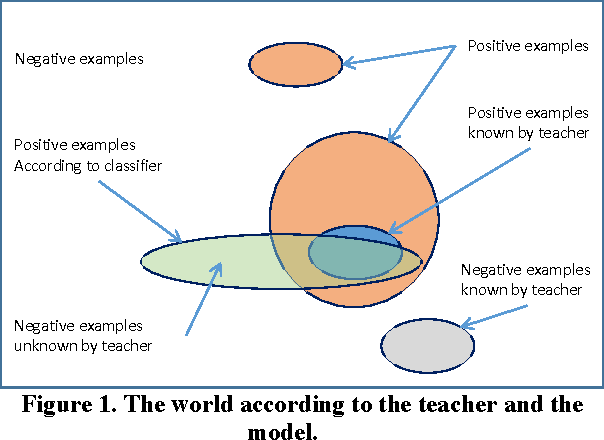
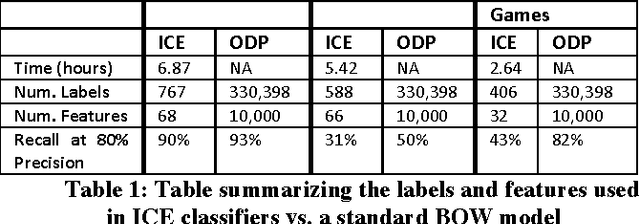
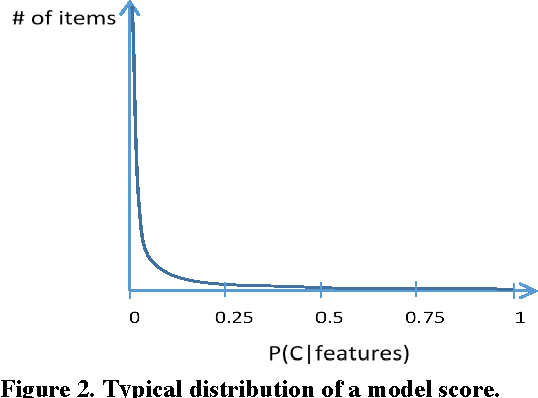
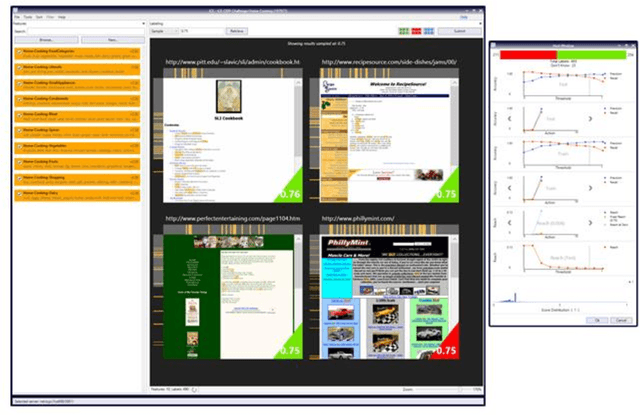
Abstract:Quick interaction between a human teacher and a learning machine presents numerous benefits and challenges when working with web-scale data. The human teacher guides the machine towards accomplishing the task of interest. The learning machine leverages big data to find examples that maximize the training value of its interaction with the teacher. When the teacher is restricted to labeling examples selected by the machine, this problem is an instance of active learning. When the teacher can provide additional information to the machine (e.g., suggestions on what examples or predictive features should be used) as the learning task progresses, then the problem becomes one of interactive learning. To accommodate the two-way communication channel needed for efficient interactive learning, the teacher and the machine need an environment that supports an interaction language. The machine can access, process, and summarize more examples than the teacher can see in a lifetime. Based on the machine's output, the teacher can revise the definition of the task or make it more precise. Both the teacher and the machine continuously learn and benefit from the interaction. We have built a platform to (1) produce valuable and deployable models and (2) support research on both the machine learning and user interface challenges of the interactive learning problem. The platform relies on a dedicated, low-latency, distributed, in-memory architecture that allows us to construct web-scale learning machines with quick interaction speed. The purpose of this paper is to describe this architecture and demonstrate how it supports our research efforts. Preliminary results are presented as illustrations of the architecture but are not the primary focus of the paper.
 Add to Chrome
Add to Chrome Add to Firefox
Add to Firefox Add to Edge
Add to Edge